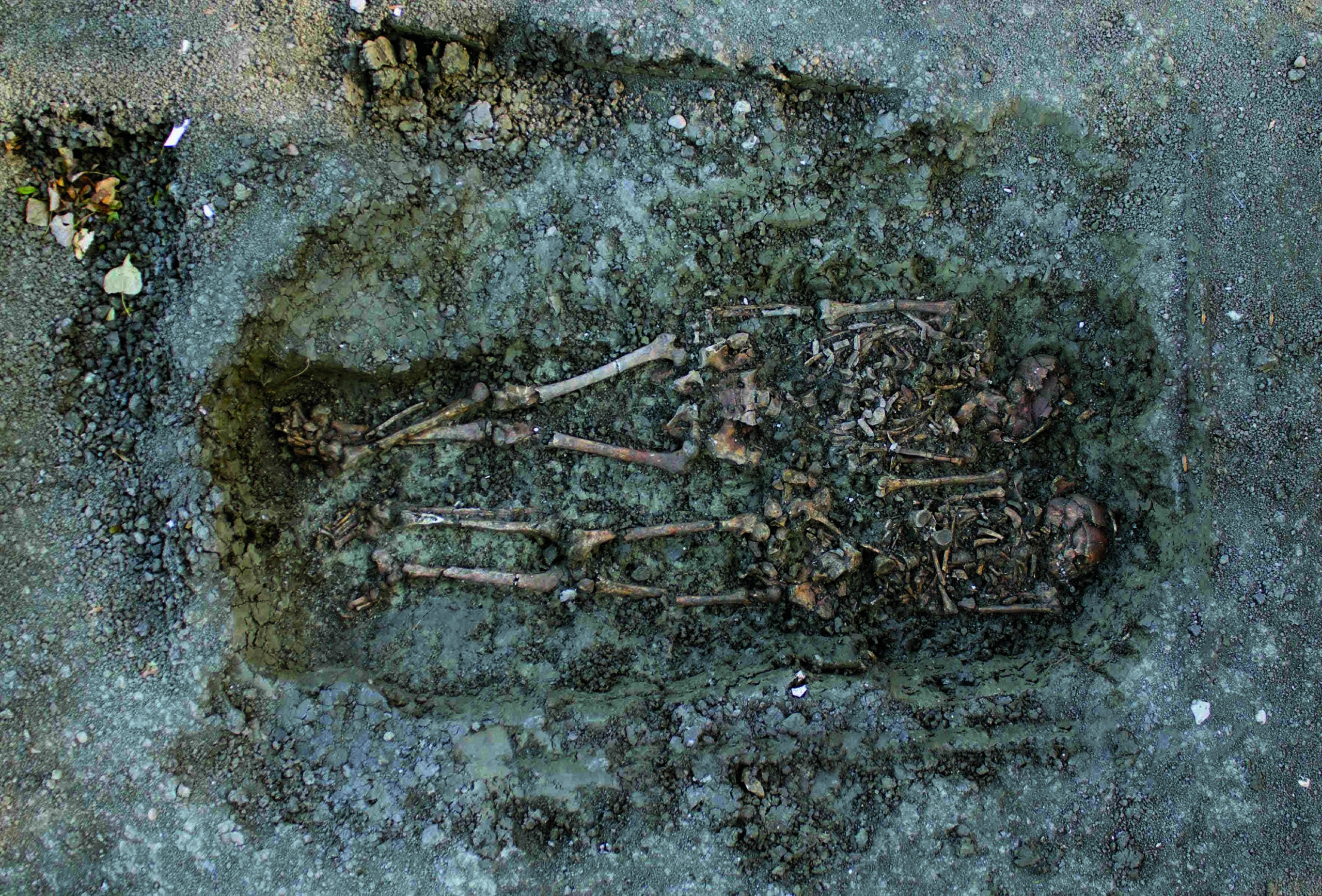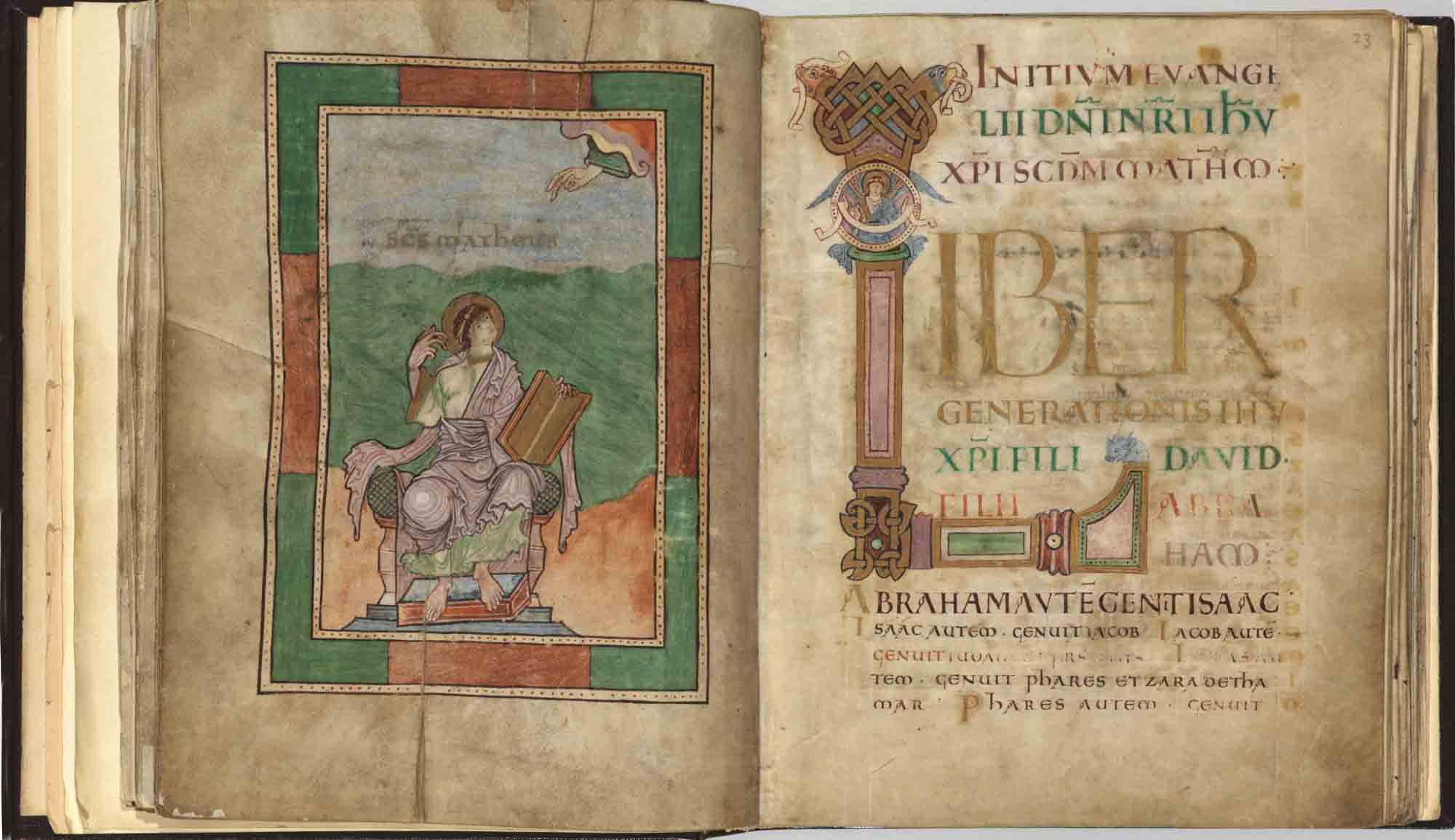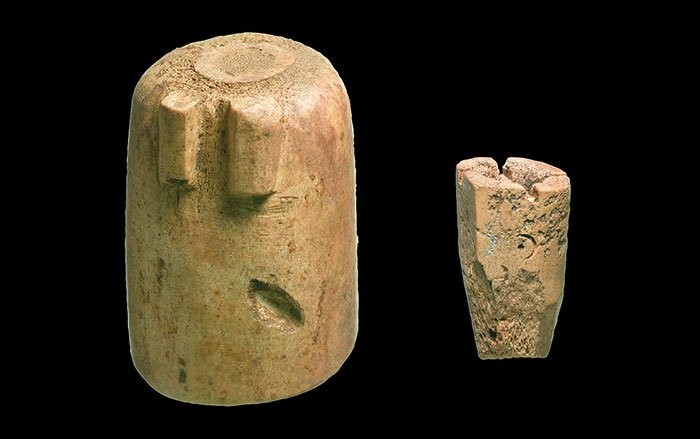
SOUTHAMPTON, ENGLAND—A new study of a 1,500-year-old skeleton from eastern England confirms that the man, who was probably in his early 20s at the time of death, suffered from leprosy. Changes consistent with the disease can been seen in the narrowing of his toe bones and in damage to his joints. “Not all cases of leprosy can be identified by changes to the skeleton. Some may leave no trace on the bones; other will affect bones in a similar way to other diseases. In these cases the only way to be sure is to use DNA fingerprinting, or other chemical markers characteristic of the leprosy bacillus,” Sonia Zakrzewski of the University of Southampton said in a press release. In this case, the bacterial DNA was in good condition, and the team of scientists, which also included researchers from the University of Leiden and the universities of Birmingham, Surrey, and Swansea, was able to identify the strain of leprosy. It has previously been found in burials from medieval Scandinavia and southern Britain, and is thought to date to the fifth or sixth century A.D. Analysis of isotopes from the man’s teeth show that he probably grew up in northern Europe, so he may have brought the Scandinavian strain of leprosy with him when he came to Britain. “We plan to carry out similar studies on skeletons from different locations to build up a more complete picture of the origins and early spread of this disease,” said team leader Sarah Inskip of the University of Leiden. To read more about the study of diseases in ancient remains, see "Heart Attack of the Mummies."










